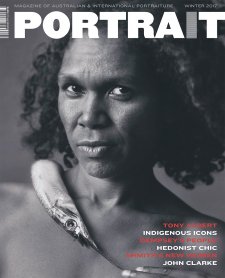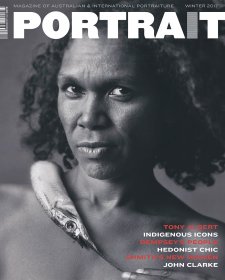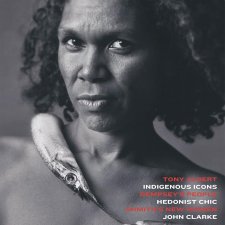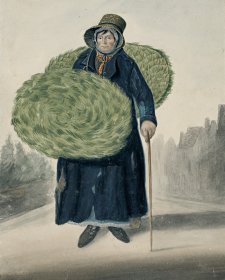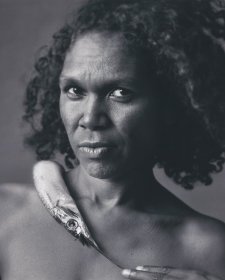I think the truest representation of someone is a portrait. It’s a secondary reflection whereby the process of capturing – on film or through drawing – distills and purifies something really essential about someone. There’s a sincerity that surpasses looking in the mirror, and I struggle with the responsibility of uncovering that in someone, so for me it has always been self-portraiture.
My approach to picturing other people in my work is something different to the conventional concerns of portraiture. The people I photograph, or appropriate imagery of, are part of a storytelling methodology; they are characters in the tableaux of my wider practice, rather than representative of themselves as individuals. Gordon Bennett, who has always been a great inspiration to me, said that maybe all his work was a self-portrait because it is a reflection of his daily experiences. In the same sense, there is something ultimately personal and representative of my experiences through the stories I tell. The stories all point back to me; they are representative of my personal experiences of growing up and being in the world as an Aboriginal man, and my experience of family life and my relationship to dominant perspectives in historical dialogue.
Tony Albert (After Brownie Downing) appropriates Tinka, a fictional Aboriginal character illustrated by Downing (1924-95), who painted the Australian bush and its native inhabitants. I really loved these images as a child, which is when I started to collect what I call ‘Aboriginalia’. As a teenager, I started to look more closely at the social and political implications behind this imagery. What looks soft and coy is really a continuance of the oppressive and often violent history Aboriginal people have lived through since colonisation.
Tinka paints me and I paint Tinka; it’s an act of reconciliation. Racist images are an important societal record that should not be forgotten, and must be reconciled so our future can be better for our children. Using self-portraiture is a way of exploring the implications of this history in a very personal way – a way of generating dialogue about our history, present and future, by literally inserting myself into the picture.

